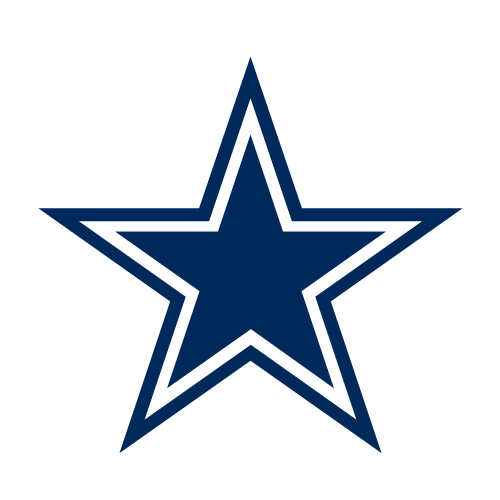 @
@

Dallas Cowboys @ Detroit Lions
01:15 AM ET
6-6-1 vs 8-5
Ford Field
N/ASpread
N/AO/U
N/ADAL ML
N/ADET ML
INJURIES
DAL: No key injuries
DET: No key injuries
The Matchup
Someone's streak has to end here. The Dallas Cowboys (6-6-1) visit Detroit Lions (8-5) in what shapes up to be a intriguing matchup.
Betting Trends
Against the spread, Dallas Cowboys are 5-7 while Detroit Lions sit at 8-5. The home side has been money against the number.
The Angle
Sharp bettors are paying attention to this one for a reason.
Data: ESPN, The Odds API | Lines subject to change
 @
@

Seattle Seahawks @ Atlanta Falcons
06:00 PM ET
9-3 vs 4-8
Mercedes-Benz Stadium
N/ASpread
44.5O/U
N/ASEA ML
N/AATL ML
INJURIES
SEA: No key injuries
ATL: No key injuries
The Matchup
Circle this one on your calendar. The Seattle Seahawks (9-3) visit Atlanta Falcons (4-8) in what shapes up to be a telling matchup.
Betting Trends
Against the spread, Seattle Seahawks are 7-5 while Atlanta Falcons sit at 5-7. That's a notable edge for Seattle Seahawks as a covering team.
The Angle
The total feels low based on how these offenses have been playing. The value might not be where the public thinks.
Data: ESPN, The Odds API | Lines subject to change
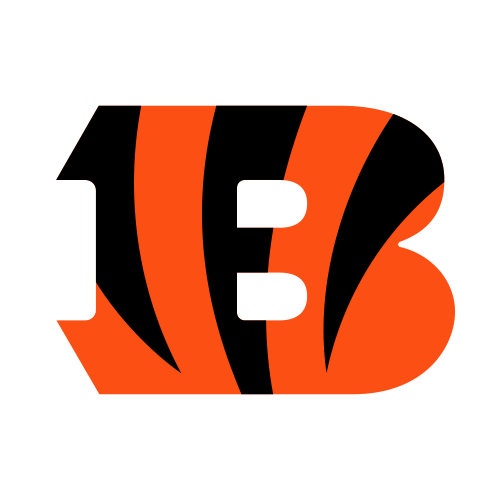 @
@

Cincinnati Bengals @ Buffalo Bills
06:00 PM ET
4-8 vs 8-4
Highmark Stadium
N/ASpread
53.5O/U
N/ACIN ML
N/ABUF ML
INJURIES
CIN: No key injuries
BUF: No key injuries
The Matchup
The sharps have been all over this one. The Cincinnati Bengals (4-8) visit Buffalo Bills (8-4) in what shapes up to be a telling matchup.
Betting Trends
Against the spread, Cincinnati Bengals are 4-8 while Buffalo Bills sit at 7-5. The home side has been money against the number.
The Angle
The total feels low based on how these offenses have been playing. This game has trap written all over it - proceed carefully.
Data: ESPN, The Odds API | Lines subject to change
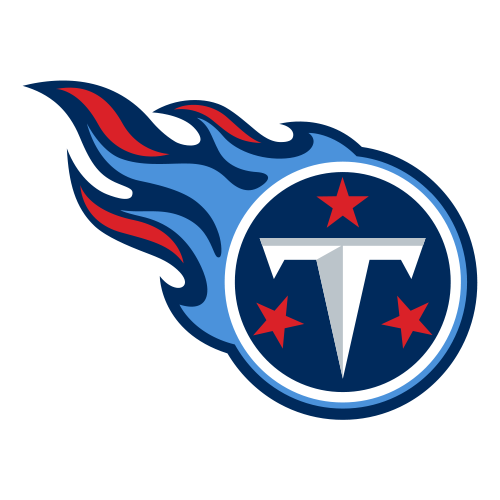 @
@
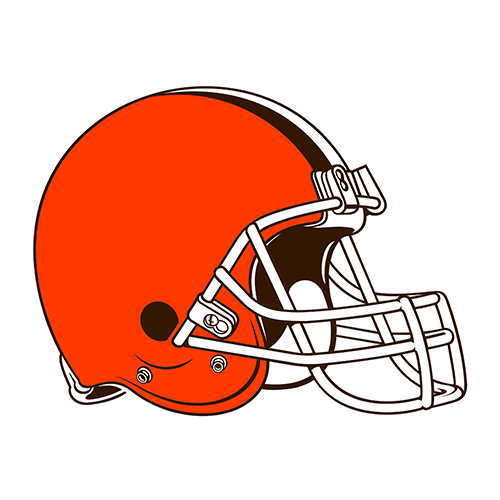
Tennessee Titans @ Cleveland Browns
06:00 PM ET
1-11 vs 3-9
Huntington Bank Field
N/ASpread
33.5O/U
N/ATEN ML
N/ACLE ML
INJURIES
TEN: No key injuries
CLE: No key injuries
The Matchup
There's real value hiding in this line. The Tennessee Titans (1-11) visit Cleveland Browns (3-9) in what shapes up to be a intriguing matchup.
Betting Trends
Against the spread, Tennessee Titans are 4-8 while Cleveland Browns sit at 4-8.
The Angle
The total feels low based on how these offenses have been playing. Do your own research, but there's something here worth exploring.
Data: ESPN, The Odds API | Lines subject to change
 @
@

Washington Commanders @ Minnesota Vikings
06:00 PM ET
3-9 vs 4-8
U.S. Bank Stadium
N/ASpread
42.5O/U
N/AWSH ML
N/AMIN ML
INJURIES
WSH: No key injuries
MIN: No key injuries
The Matchup
Sharp money has been moving this line, and there's a reason why. The Washington Commanders (3-9) visit Minnesota Vikings (4-8) in what shapes up to be a telling matchup.
Betting Trends
Against the spread, Washington Commanders are 4-8 while Minnesota Vikings sit at 4-8.
The Angle
The total feels low based on how these offenses have been playing. This game has trap written all over it - proceed carefully.
Data: ESPN, The Odds API | Lines subject to change
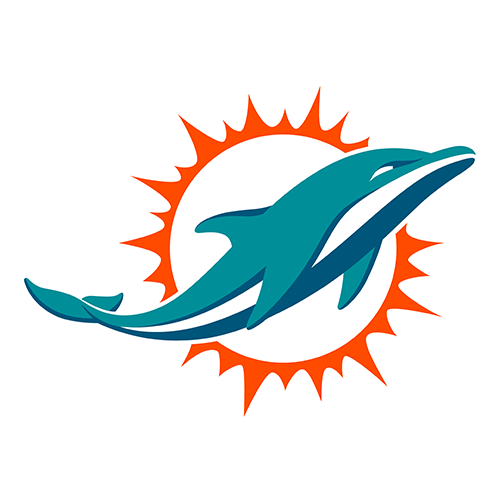 @
@

Miami Dolphins @ New York Jets
06:00 PM ET
5-7 vs 3-9
MetLife Stadium
N/ASpread
41.5O/U
N/AMIA ML
N/ANYJ ML
INJURIES
MIA: No key injuries
NYJ: No key injuries
The Matchup
Here's a matchup that deserves your attention. The Miami Dolphins (5-7) visit New York Jets (3-9) in what shapes up to be a telling matchup.
Betting Trends
Against the spread, Miami Dolphins are 4-8 while New York Jets sit at 4-8.
The Angle
The total feels low based on how these offenses have been playing. This game has trap written all over it - proceed carefully.
Data: ESPN, The Odds API | Lines subject to change
 @
@

New Orleans Saints @ Tampa Bay Buccaneers
06:00 PM ET
2-10 vs 7-5
Raymond James Stadium
N/ASpread
41.5O/U
N/ANO ML
N/ATB ML
INJURIES
NO: No key injuries
TB: No key injuries
The Matchup
There's a statistical mismatch here that the betting public hasn't caught onto yet. The New Orleans Saints (2-10) visit Tampa Bay Buccaneers (7-5) in what shapes up to be a competitive matchup.
Betting Trends
Against the spread, New Orleans Saints are 4-8 while Tampa Bay Buccaneers sit at 5-7.
The Angle
The total feels low based on how these offenses have been playing. Do your own research, but there's something here worth exploring.
Data: ESPN, The Odds API | Lines subject to change
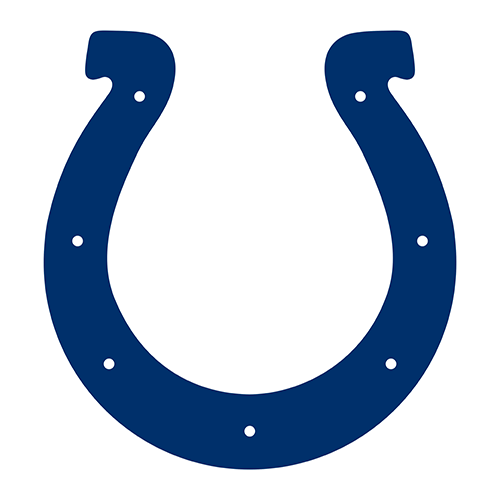 @
@

Indianapolis Colts @ Jacksonville Jaguars
06:00 PM ET
8-4 vs 8-4
EverBank Stadium
N/ASpread
47.5O/U
N/AIND ML
N/AJAX ML
INJURIES
IND: No key injuries
JAX: No key injuries
The Matchup
The recent stretch has been telling for both squads. The Indianapolis Colts (8-4) visit Jacksonville Jaguars (8-4) in what shapes up to be a telling matchup.
Betting Trends
Against the spread, Indianapolis Colts are 7-5 while Jacksonville Jaguars sit at 7-5.
The Angle
The total feels low based on how these offenses have been playing. Sometimes the obvious play is the right one. Sometimes it isn't.
Data: ESPN, The Odds API | Lines subject to change
 @
@

Pittsburgh Steelers @ Baltimore Ravens
06:00 PM ET
6-6 vs 6-6
M&T Bank Stadium
N/ASpread
42.5O/U
N/APIT ML
N/ABAL ML
INJURIES
PIT: No key injuries
BAL: No key injuries
The Matchup
Let's break down what makes this matchup tick. The Pittsburgh Steelers (6-6) visit Baltimore Ravens (6-6) in what shapes up to be a intriguing matchup.
Betting Trends
Against the spread, Pittsburgh Steelers are 5-7 while Baltimore Ravens sit at 5-7.
The Angle
The total feels low based on how these offenses have been playing. Sharp bettors are paying attention to this one for a reason.
Data: ESPN, The Odds API | Lines subject to change
 @
@
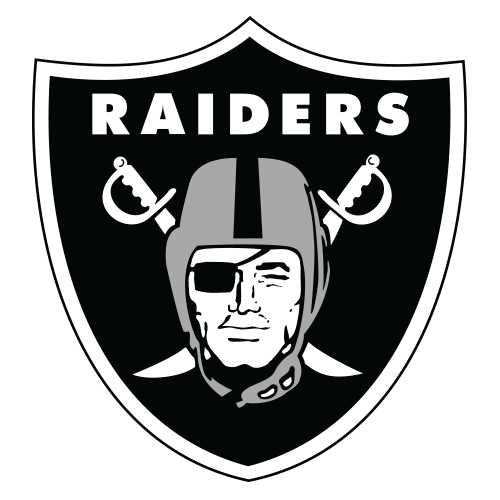
Denver Broncos @ Las Vegas Raiders
09:05 PM ET
10-2 vs 2-10
Allegiant Stadium
N/ASpread
40.5O/U
N/ADEN ML
N/ALV ML
INJURIES
DEN: No key injuries
LV: No key injuries
The Matchup
This game could serve as a measuring stick for both sides. The Denver Broncos (10-2) visit Las Vegas Raiders (2-10) in what shapes up to be a competitive matchup.
Betting Trends
Against the spread, Denver Broncos are 7-5 while Las Vegas Raiders sit at 4-8. That's a notable edge for Denver Broncos as a covering team.
The Angle
The total feels low based on how these offenses have been playing. Sometimes the obvious play is the right one. Sometimes it isn't.
Data: ESPN, The Odds API | Lines subject to change
 @
@

Chicago Bears @ Green Bay Packers
09:25 PM ET
9-3 vs 8-3-1
Lambeau Field
N/ASpread
44.5O/U
N/ACHI ML
N/AGB ML
INJURIES
CHI: No key injuries
GB: No key injuries
The Matchup
Two teams heading in opposite directions meet tonight. The Chicago Bears (9-3) visit Green Bay Packers (8-3-1) in what shapes up to be a fascinating matchup.
Betting Trends
Against the spread, Chicago Bears are 5-7 while Green Bay Packers sit at 7-4. The home side has been money against the number.
The Angle
The total feels low based on how these offenses have been playing. The value might not be where the public thinks.
Data: ESPN, The Odds API | Lines subject to change
 @
@
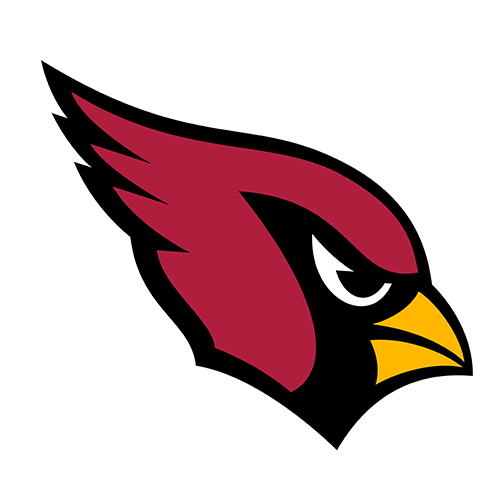
Los Angeles Rams @ Arizona Cardinals
09:25 PM ET
9-3 vs 3-9
State Farm Stadium
N/ASpread
47.5O/U
N/ALAR ML
N/AARI ML
INJURIES
LAR: No key injuries
ARI: No key injuries
The Matchup
This game could be more interesting than the spread suggests. The Los Angeles Rams (9-3) visit Arizona Cardinals (3-9) in what shapes up to be a telling matchup.
Betting Trends
Against the spread, Los Angeles Rams are 7-5 while Arizona Cardinals sit at 5-7. That's a notable edge for Los Angeles Rams as a covering team.
The Angle
The total feels low based on how these offenses have been playing. Sharp bettors are paying attention to this one for a reason.
Data: ESPN, The Odds API | Lines subject to change
 @
@






















